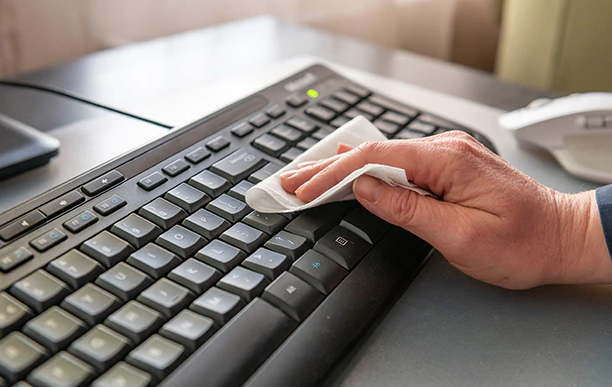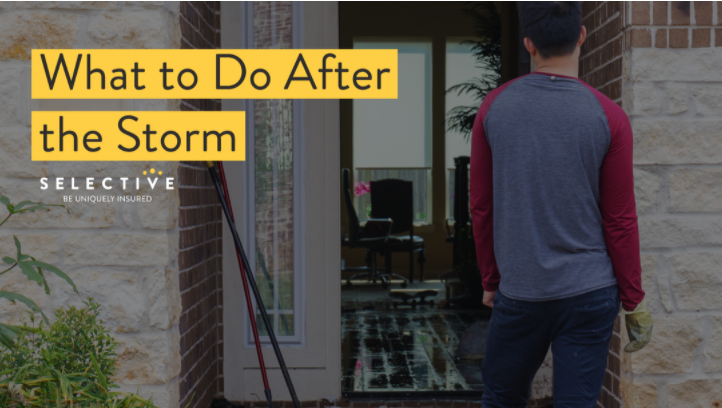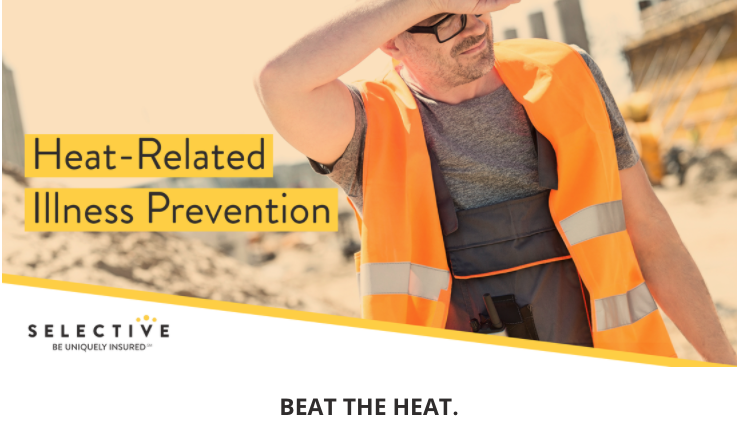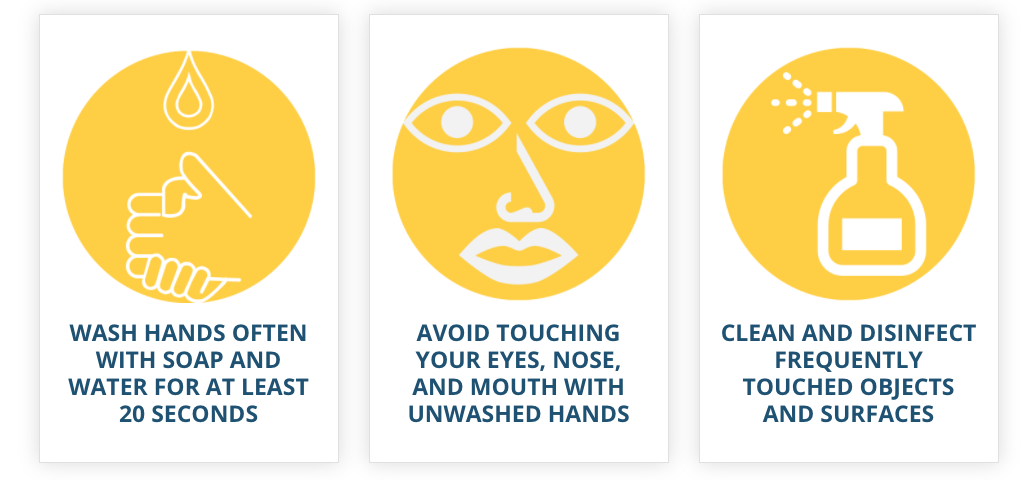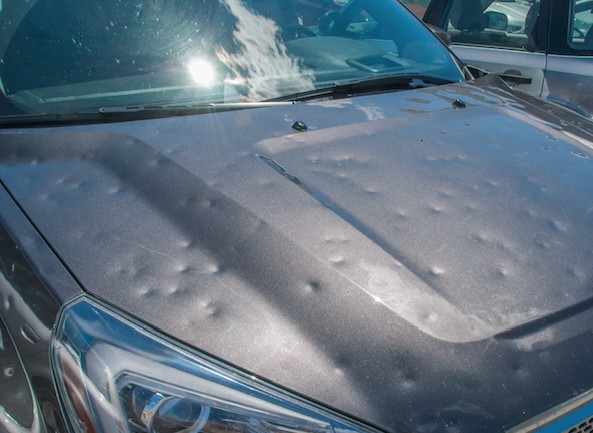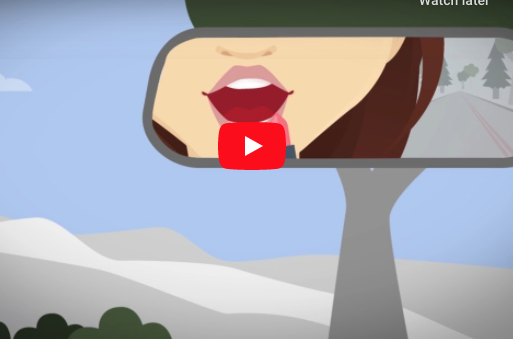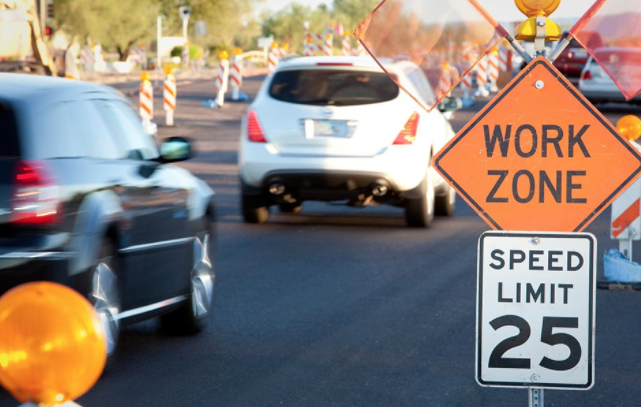What is an Auto Insurance Score?

Emily Guy Birken
An insurance score is a score calculated from information on your credit report. Your credit information can be very predictive of future accidents or insurance claims, which is why many insurance companies use this information to develop accurate rates.
Your credit score is one of the factors that can affect your car insurance premium. If you want to understand better what goes into the pricing of your car insurance and how you can lower it, you need to be aware of the relationship between your credit score and your insurance score.
Why Does Your Credit Score Matters to Your Insurance Score?
Insurers first started using credit scores to help determine premium rates in the mid-1990s. They realized that there was a significant relationship between a customer’s credit score and how likely they were to file a claim. Those with lower credit scores were more likely to file a claim and those with higher credit scores were less likely to file a claim. At least two studies have supported this observation: a 2003 study by the Bureau of Business Research and a 2007 study by the Federal Trade Commission.
Although this connection exists and is well-known among insurance underwriters, the reason for it isn’t clear. Some speculate that drivers who pay their bills on time are more likely to be responsible in general, and thus, less likely to be involved in an accident. Note that the use of credit scores to determine auto insurance rates is prohibited in California, Hawaii, and Massachusetts (Maryland and Hawaii for homeowners insurance).
What Is the Difference Between a Credit Score and an Auto Insurance Score?
When calculating your car insurance rate, insurers use your credit score to derive something called an insurance score or a credit-based insurance score. Read More
How to Avoid Nine of the Most Common Auto Insurance Claims

Michael Kelly, Eric Rosenberg
If you can avoid auto claims, it will save you a bundle on your insurance. The rates you pay are based, in part, on your past driving and claims history. While no one wants to have an accident, they do happen on occasion. That’s why we call them accidents, after all. Auto insurance is an important part of protecting yourself and your assets.
Even more, it can save you time and injury if you can keep your car and its occupants safe. Here are nine of the most common auto insurance claims and tips on how you might avoid them.
The Auto Claim: Rear-end Crash
A rear-end crash is one of the most common accidents on the road, and one of the most avoidable. Outside of inclement weather and poor road conditions, most rear end accidents are a result of following too closely or not paying attention when driving.
The easiest way to avoid this type of collision is to put down your phone when driving. According to the National Highway Traffic Safety Administration, in 2016 over 480,000 vehicles were involved in a deadly accident where the driver was using a cellphone.
In March 2016, The U.S. Department of Transportation’s National Highway Traffic Safety Administration and the Insurance Institute for Highway Safety recognized that 20 national automakers will be adding automatic braking to all their new cars by 2022. This new safety feature will help “prevent crashes and save lives” says U.S Transportation Secretary Anthony Foxx. Today, more than four automakers have gotten a jump start on adding automatic breaking to their new cars, well before the 2022 deadline.
The Auto Claim: Windshield Damage
Windshield chips and crack claims take a top spot on this list, yet many drivers don’t believe this type of damage is avoidable. While you can’t make rocks and pebbles stay on the ground, you can take steps to avoid the most common situations where windshield damage takes place. Read More
Winter Driving: Black ice & Driving in snow

Black ice
The Western Slope Driving Institute, an automotive education organization, explains that black ice is extremely dangerous because it is nearly impossible to see. By knowing how to anticipate black ice and what to do when the car encounters it, drivers can remain safe. First and foremost, drivers need to be aware that shaded areas of the road, as well as all parts of highways late at night during winter, will be more prone to black ice.
Every vehicle is prone to losing control when encountering black ice. The type of automobile, tires or brakes you have do not make much of a difference. To help you stay safe on icy roads, what will make a difference is knowing what to look for and how to react.
If you encounter black ice, do not hit the brakes as this can cause an immediate spin, notes the Western Slope Driving Institute. Instead, slow down by taking your foot off of the gas. Downshift if you have a standard vehicle. Always keep the steering wheel pointed straight ahead. Try to identify areas that have more traction, such as spots of the road with sand or road salt.
Driving in snow
If you have to drive in the snow, it is important to stay alert, slow down and stay in control. Here are a few tips to navigating in snowy conditions:
- Reduce your speed and remain a safe distance away from the car in front of you. Give yourself plenty of time to stop quickly should you need to.
- Make sure your windows are defrosted and that your car is clear of ice and snow.
- Avoid spinning your tires by gently pressing your gas pedal to accelerate.
- Prepare to slow down at least three times sooner than you normally would when turning or stopping.
- Be cautious of snowplows and salt trucks on roadways. Read More
How to Safely Navigate Winter Roads
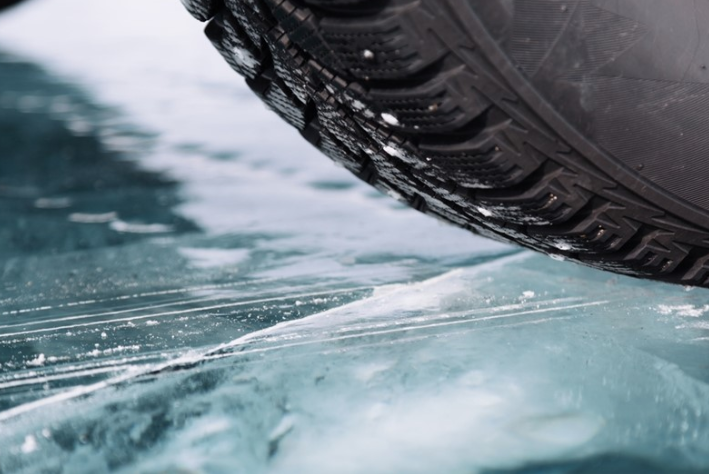
With winter weather in full swing you might encounter some icy roads in the near future, if you have not already. Let’s take a look at how you can keep yourself, your family and your vehicle safe when the roads become hazardous due to extreme weather.
Preparation is key
The first step in making sure you are safe on the roads this winter, is to ensure that your vehicle is prepared for icy roads. U.S. News & World Report, an online news magazine, suggests all vehicle owners follow several best practices to ensure their cars are ready for wintry conditions. This includes maintaining the proper inflation of tires at all times, as well as having them rotated and aligned regularly. Snow tires are also an option that should certainly be considered for the winter.
According to the news provider, brakes and brake pads should be regularly checked throughout the winter. Increasing the frequency of your visits to your car service center is also a smart idea this season, as you’ll want to know that all of the mechanical aspects of your vehicle are in optimal working order in case you encounter ice and heavy snow. Furthermore, if you are planning on driving through mountains, remember that the weather can change quickly at higher elevations; consider keeping tire chains in your trunk for serious situations.
Know how to handle ice
Now that you have your car prepared, you need to understand how to operate your vehicle on an icy road. Edmunds, an automotive publication, suggests being gentle with the brakes when you encounter ice. Slamming on the brakes can quickly lead to a complete loss of control. If you do begin to lose control, the website argues that you first take your foot off of the gas but not attempt to brake and allow the car to slow down. Read More
Nail Gun Safety

But they’re not without their risks. According to the National Institute for Occupational Safety and Health, they send 37,000 people to the emergency room every year. More than half of those visits are work-related injuries.
|
Common Types of Nail Gun Accidents
|
When the nailer accidentally contacts the workpiece after recoil, it can cause a second unintended firing and injure the contractor.
At all times, and especially when doing precise work, be sure that you can pull the gun fully away after recoil. Never push too hard on the gun to compensate for recoil – you risk unintentional contact with the workpiece.
These types of accidents are most common with contact trigger nailers. If possible, use a full sequential trigger gun.
Airborne Nails
On occasion, a nail shot from a gun will blow through the work, miss it entirely, or strike a hard surface and ricochet away. These nails become airborne projectiles and can injure bystanders or the contractor using the nailer.
Nail Pass-Through
If nails hit weak spots in the wood, they can pass through the workpiece. This is most dangerous when the contractor is manually stabilizing the wood. In this case, the nail can easily penetrate and injure the hand.
Awkward Position Work
Contractors occasionally have to fire nail guns from unstable positions, such as:
- above shoulder height,
- from a ladder,
- in tight quarters, or
- holding the gun with the non-dominant hand.
Because full control is not possible from these positions, the risk of injury is higher. Read More
Cannabis Laws and Commercial Drivers

Federal vs. State Law
Despite a change in state laws, Marijuana is still a Schedule I Controlled Substance under the Federal Controlled Substances Act of 1970. According to the United States Department of Transportation, state laws have no impact on the testing regulations and requirements for obtaining or maintaining a CDL.
The use of Marijuana by a commercial driver utilizing a CDL is therefore prohibited, regardless of whether the drug was taken for recreational or medical purposes, or whether or not marijuana use was legal in the applicable state. Read More
What Insurance Do Contractors Need?
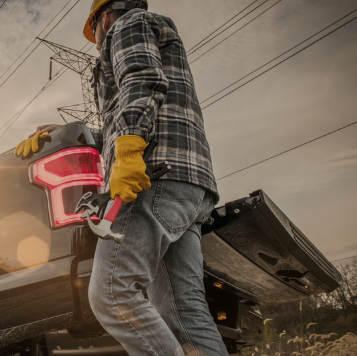
Why Do Contractors Need Insurance?
Contractors need insurance to protect their business assets from unexpected injuries and unintended damages. When comparing the cost of insurance against the potential for time-consuming and costly litigation, an insurance policy will always be the more affordable and secure option.
What Kind of Risks Do Contractors Face?
No matter the size of the operation, contractors face liability exposures and legal obligations to other parties, such as general contractors, project owners, or individual homeowners. Due to those obligations, one of those third parties can potentially sue or hold a contractor liable for bodily injury or property damage.
Other potentials risks to a contractor’s business include:
- Injuries or property damage involving a company vehicle
- On-the-job employee injuries
- A loss to commercial property
- Stolen, lost, or damaged equipment or materials
- Unfinished contracted work
What Kind of Insurance Do Contractors Need?
While each contractor faces unique risks, the most frequently asked questions are about what is covered under a contractor policy. The most common coverages include: Read More
Mobile Equipment and Vehicle Fire Prevention

There are few things more frightening than seeing smoke start to come out of the corners of your engine compartment. According to the National Fire Prevention Association, there are close to 200,000 vehicle fires reported annually, accounting for about 15% of all fires in the United States. What causes a car to catch fire, and how can you prevent a vehicle fire from happening?
“Preventing mobile equipment and vehicle fires begins with regular and complete maintenance,” says Craig Stevens, Property Safety Manager at Selective Insurance, “Currently, with an increase in usage, maintenance may be overlooked and could be leading to a rise in fire losses.”
With the average vehicle fire claim costing nearly $15,000, it is important to take the appropriate preventative measures in addition to having the right insurance coverage. You can reduce your risk of fire in both your personal vehicle and business fleet vehicles and mobile equipment with a few steps on a regular basis. Read More
Is Your Business at Risk For Flooding?
If history is any guide, thousands of business owners stand to be impacted by flooding every year. Beyond the physical damage a flood can do to a building, a flood can also ruin inventory, contents and important documents located in the building during the time of a loss.
Experiencing a flood doesn’t have to mean the end of your business ─ being well-prepared and understanding your flood risk can help lessen the impact.
Though there isn’t a single state that’s not at risk for flooding, the potential for flooding along the eastern and southern coastlines is on the rise due to increasing water levels. Cities like Miami, New Orleans, New York and Tampa each face an increased risk in the coming years for a flood that could cost some local economies $15 billion or more.
“We see it all the time, business owners that understand their exposure to flooding and purchase flood insurance are better prepared if a flood were to happen. If a business should experience a flood loss, we find that those with flood insurance are able to recover quicker and open their doors once again,” commented Cassie Masone, Vice President of Flood Operations at Selective.
FEMA Zip Code Tool
The Federal Emergency Management Agency has a web-based tool that allows business owners to determine their risk for flooding. These results can help business owners determine the proper amount of coverage to purchase. Read More
3 Small Business Risk Management Tips For Winter

Winter weather can be a risk to the continuity of business operations. Small business owners should be ensuring that their assets and operations are protected against the elements of the winter and flood season.
A strong handle on risk management can help to maintain stability:
1. Deter threats to the physical workspace
The biggest risks typically are frozen pipes and flooding during winter months.
- Cost Helper, a website that aggregates statistics related to repairs and maintenance, states that a burst pipe can cost in excess of $3,800 if it is located in a wall or the building’s foundation, while subsequent water damage can run up to $70,000.
- The Federal Emergency Management Agency reports that the average small business flood claim is about $85,000.
Make sure pipes are insulated and carefully monitored, and that your building is protected against floods. As always, a flood insurance policy is critical to ensuring your business is covered should a major event take place this winter.
2. Mind the building’s exterior
Another major risk ─especially for smaller retailers ─ is the prospect of icy sidewalks and parking lots that cause slips and injuries to your employees or customers. If someone falls due to hazardous conditions on the sidewalks and parking lots around your business, you can be held liable for taking care of their medical bills.
The New York Times explained that some cities will penalize companies even if no one does fall. In New York City, the newspaper points out, the sanitation department handed out 10,000 tickets last winter to those who did not clear up sidewalks in front of their buildings, with fines ranging between $100 and $350. Make sure these pathways are clear and safe at all times. Read More












